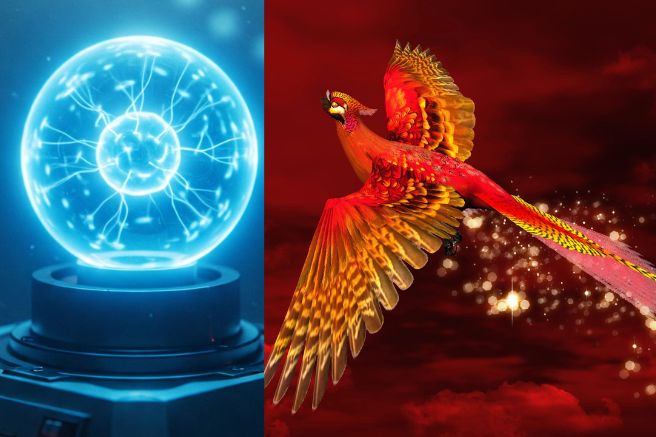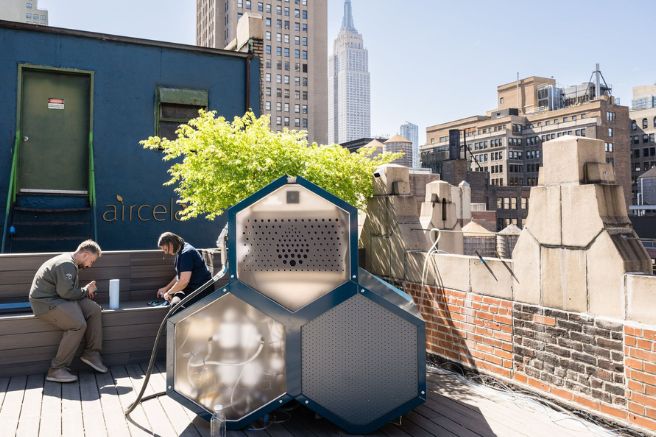“The table published lists around forty models of electric outboard motors, almost all of which were on display at the latest edition of ‘Boot,’ the boat show in Düsseldorf, Germany. With the exception of the three prototypes presented by Mercury, Honda, and Torqueedo, all the other motors should be available on the market and therefore should represent the current European offering in the sector. However, this must be taken with caution. Due to the extreme mechanical simplicity of such units, the actual offering is much richer than what was displayed in Düsseldorf. Simply browsing online stores, particularly Chinese ones, reveals dozens of options that, collectively, confirm how much the sector is booming and growing.”
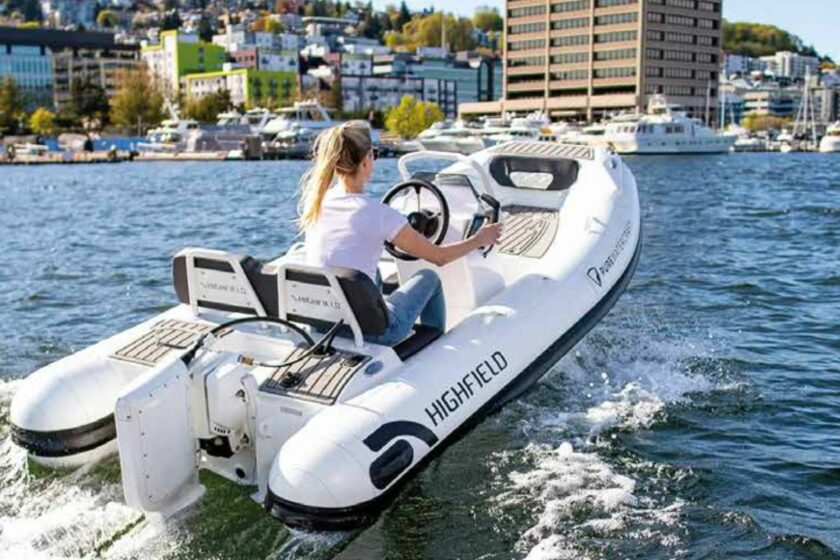
“For this very reason, however, it should be approached with caution, especially when dealing with engines produced by unknown manufacturers who can only be contacted online or by startups with good prospects but questionable financial and production stability. It is also important to ensure that the use of the engines is legal, meaning they are certified units and delivered along with the power declaration, without which they cannot be used. Pay attention to the performance, weight, and declared range as well. Regarding performance, it is best not to rely solely on the manufacturers’ data nor to blindly accept those pseudo-technical claims that suggest the output power of electric outboards is equivalent to double the power of traditional outboards. It is true that the torque curves of electric motors reach their peak at very low RPMs, so their initial thrust is comparable to or even greater than that of traditional outboards with double the power, but it is also true that the torque curve of an electric motor decreases as RPMs increase, the opposite of what happens with traditional outboards. Therefore, electric motors are well-suited for low-speed operations at low RPMs, but they cannot compete with traditional ones when full throttle is required, which also leads to a rapid decline in battery charge. As with electric cars, the batteries represent the real Achilles’ heel of electric outboards, due to their low power density, long charging times, and significant weight—all factors that are directly correlated. The range is indeed related to the energy storage capacity of the batteries, a parameter that can be increased by adding more batteries.
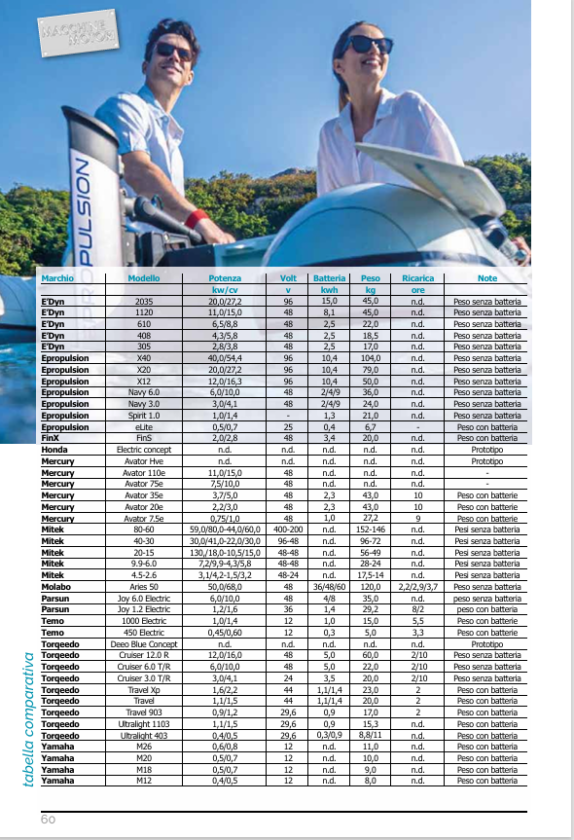
However, this also increases the weight and size of the batteries, as well as their charging time. To illustrate the issue, we can refer to the ‘E80’ battery with a four-kilowatt-hour capacity proposed by ePropulsion, a brand distributed by Selva Marine, one of the historical manufacturers in the sector. The battery weighs 48 kilograms, and with this setup, according to Selva Marine, a 12-foot aluminum boat, just over 3.5 meters, with one person on board, can navigate on calm lake water with light breezes for about four hours at a speed of around five knots when equipped with a ‘Navy 3.0 Evo’ outboard motor with three kilowatts of power running at 1,000 RPM. However, the range drops to less than an hour and a half if the motor operates at full throttle, 3,000 RPM, pushing the boat to about ten knots. This is with a total onboard weight of 72 kilograms, almost double that of a traditional six-horsepower outboard, which according to Selva Marine is the thermal equivalent of the electric one, paired with a 12-liter fuel tank. Considering a full-power consumption of two liters per hour, the traditional system offers six hours of ‘full throttle’ navigation, four times the range of the electric system. This doesn’t take into account that ‘refueling,’ or recharging the batteries, can take anywhere from a minimum of two hours to a maximum of ten, depending on the charger, unlike traditional refueling, which only takes a few minutes. Put this way, it is clear that the electric outboard is at a disadvantage unless its use is contextualized. It is not a sporty engine nor is it suited for offshore navigation, but thanks to its low-end torque, it is perfect as a maneuvering auxiliary for medium-sized boats, as a support motor for sail dinghies or small cabin boats, or as a propulsion unit for small open boats or canoes. However, all of this is based on the idea of using the units for short trips and in calm sea and wind conditions. Even in these cases, it is wise to consider the cost. Electric outboards are indeed more expensive than traditional engines of similar power, and the price may not even include the cost of a charger. An example in this regard is the previously mentioned ‘ePropulsion Navy 3.0 Evo’ sold by Selva Marine. Its retail price is around three thousand euros, to which at least another two thousand and 360 euros must be added for an ‘E80’ battery with a four-kilowatt-hour capacity. In total, about five thousand and 360 euros for a propulsion system equivalent to a traditional six-horsepower outboard, which Selva offers for between one thousand five hundred and two thousand two hundred seventy euros with a 12-liter tank.”
e’Dyn
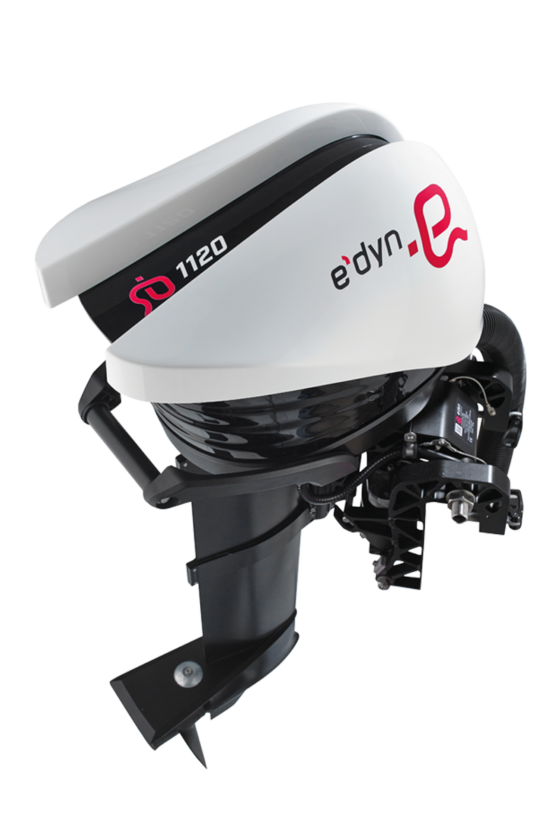
The “e’Dyn” brand is owned by the Polish company Podkriznik and stands for “Electric Dynamic Nautics,” a product line that the company has recently added to its traditional offerings based on mechatronic systems, gearboxes, and precision components. Currently, there are five outboard motors listed, with power outputs ranging from approximately three kilowatts to 11 and 20 kilowatts. These higher-performance motors feature traditional layouts, with the engine located under the cowl and liquid cooling. All units are paired with external batteries, and the charger is also external.
ePropulsion
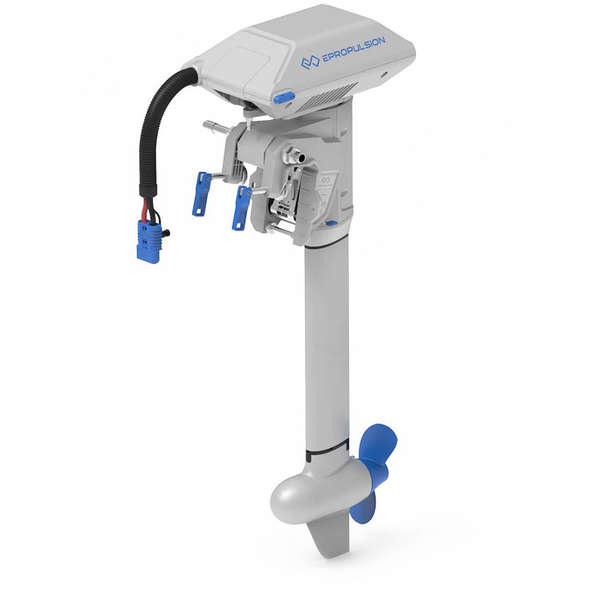
Distributed in Italy by Selva Marine, the ePropulsion brand was founded in 2018 at the University of Science and Technology of Hong Kong and offers a wide range of products. At the top of the range are the new “X” models, with power outputs of 12, 20, and 40 kilowatts. Equipped with electronic steering systems capable of autopilot functions, these are among the most advanced electric motors on the market. The range also includes the “eLite” auxiliary motor with 500 watts of power, weighing less than seven kilograms, including batteries. Designed as an auxiliary motor, it is rated for a range of 45 minutes at full power and 90 minutes at half load.
FinX
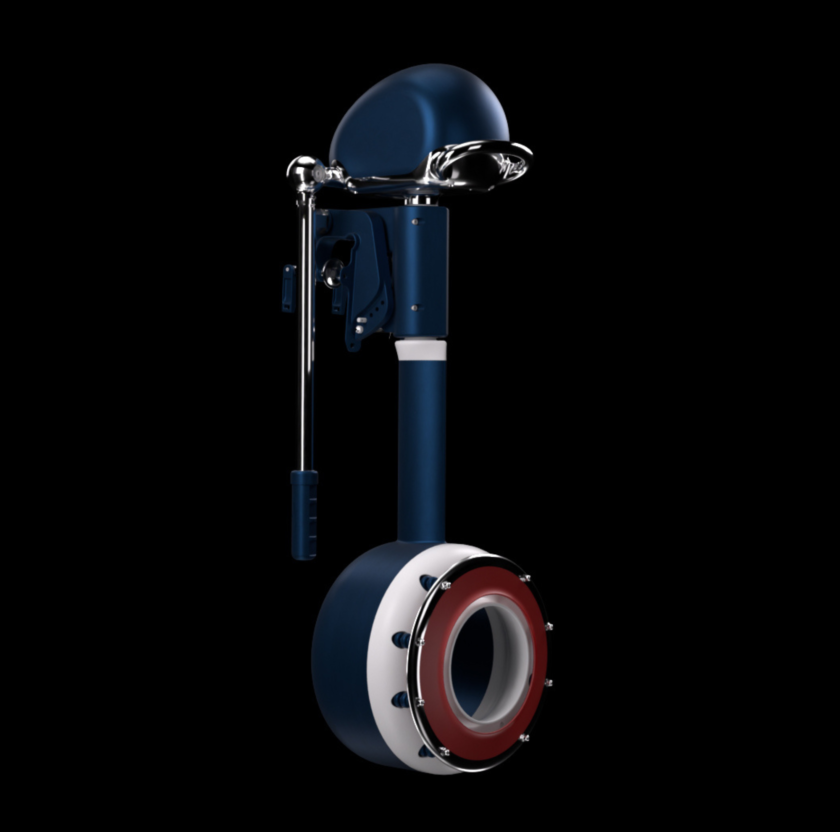
Developed by the French startup FinX, the “FinS” outboard motor is notable for its propulsion system, which uses a deformable elastic membrane placed between two flanges. Excited at the leading edge by a linear motor, the membrane oscillates, generating a system of water waves that propagate from the intake ports to the exhaust ports. Essentially, it’s a type of jet propulsion created without drive shafts, gearboxes, or couplings. Only the membrane and magnets in direct contact with it oscillate, with a frequency proportional to the load. The membrane lasts for two years, can be replaced in a few minutes, and is available in two versions: disc-shaped and rectangular. The former focuses the thrust energy towards the center, increasing pressure gradients and propulsion speed, while the rectangular membrane maximizes fluid flow, creating more powerful thrust.
Honda
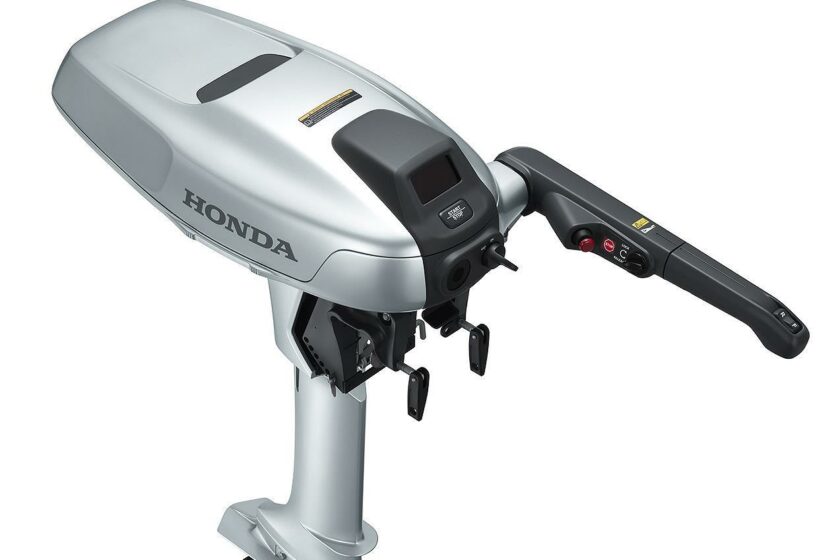
Currently, Honda’s Marine division does not offer electric outboard motors but showcased a prototype called “Electric Concept” in Düsseldorf, developed in collaboration with Tohatsu. No technical data was provided, but based on the size, the power output is estimated to be between four and seven kilowatts.
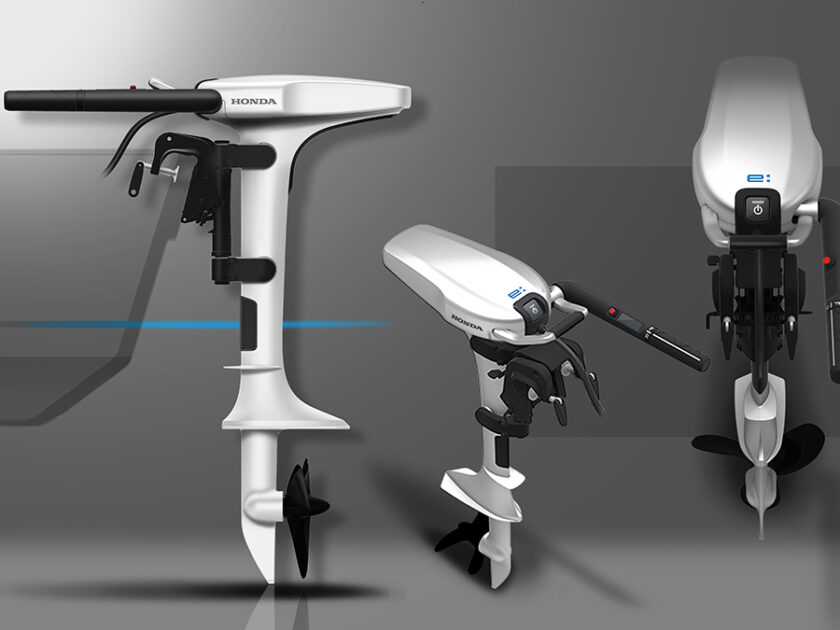
It is also likely that the unit is powered by a “Mpp” series power pack, “Mobile Power Pack.” This is a lithium-ion battery with a capacity of 1.3 kilowatt-hours and about 50 volts of voltage, which Honda has developed to power all of its electric products, from scooters to motorcycles and garden maintenance equipment. Weighing just over ten kilograms and rechargeable in five hours, the pack can also operate in series with other units, creating a scalable capacity battery.
Mercury
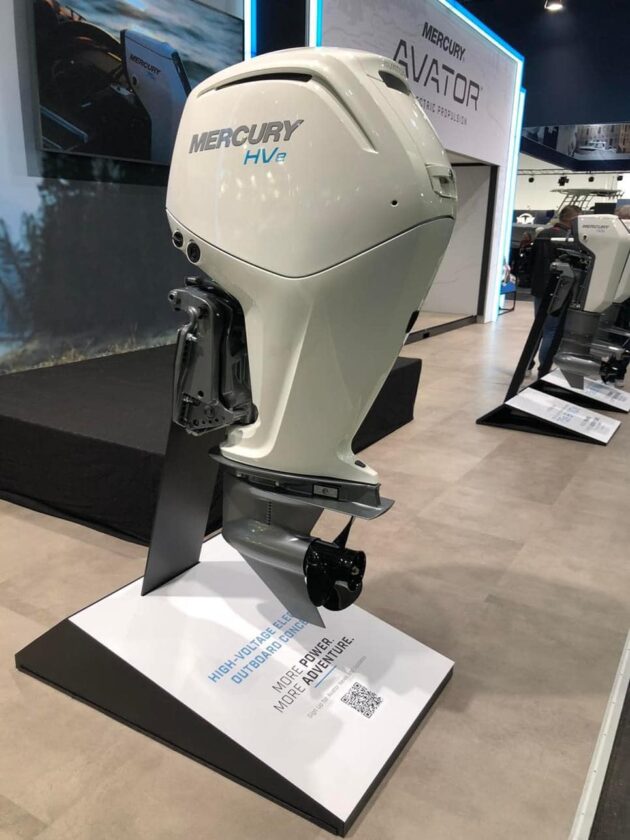
Mercury Marine is rapidly expanding its line of low-voltage, 48-volt electric outboard motors. In 2023, it launched its first model, the “Avator 7.5e.” Last August, it added the “20e” and “35e” versions, whose numbers, expressed in decimal form, represent the wattage available at the propeller shaft. In February of this year, Mercury introduced the “Avator 75e” and “Avator 110e,” still operating at low voltage. The “Avator” range now consists of five models with a similar design, featuring transverse flow motors integrated directly into the lower unit, and lithium-ion batteries whose capacity varies depending on the model.
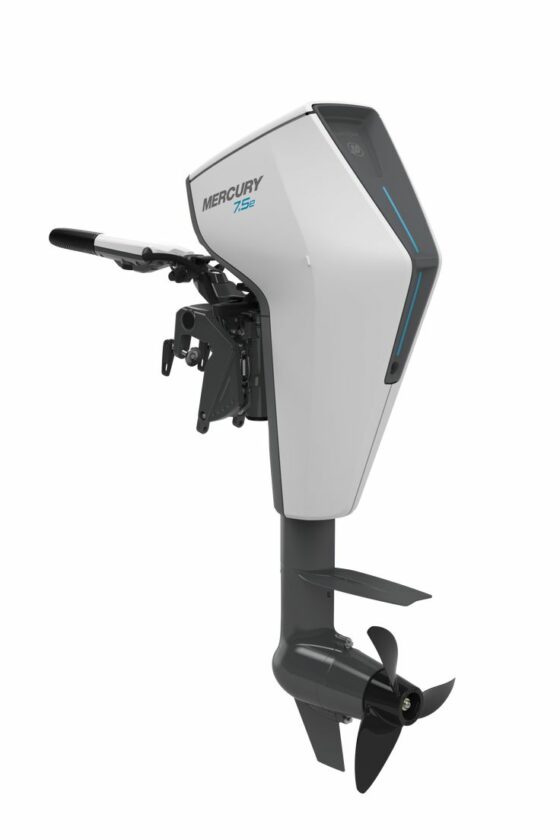
Located under the cowl, the batteries can be charged directly from the grid using power management electronics that control 110 or 230-watt chargers, which can recharge the batteries in about ten hours. At Düsseldorf, the company also presented a prototype medium-power high-voltage outboard named “Avator Hve,” featuring the same cowl design as the “Four Stroke” series outboards, ranging from 75 to 150 horsepower. Although Mercury did not release performance or technical details, the structure suggests a power output between 50 and 70 kilowatts.
Mitek

Despite its foreign-sounding name, Mitek is an Italian company based in Ravenna, specializing in converting traditional outboard and inboard propulsion systems to electric power. The company works on both private boats and propulsion units, offering original systems built on Tohatsu mechanical bases for the outboards. Power outputs range from three to 60 kilowatts, while inboard units range from ten to 170 kilowatts.
Molabo
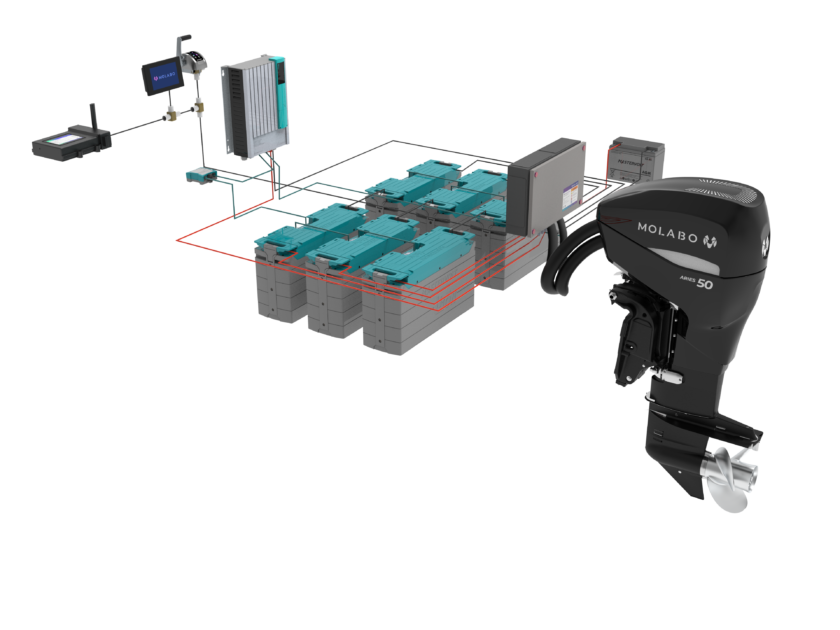
Molabo is part of the Hechinger group, one of Germany’s largest family-owned companies, with over 70 years of experience as a manufacturer of magnetic systems and electronic assemblies. The first product from the new division is the “Aries 50,” an electric outboard motor operating at 48 volts, with a power output of 50 kilowatts. The three-phase asynchronous motor is housed under the cowl, along with the control electronics, while the batteries are mounted onboard, with capacities tailored to the mission profile of each unit.
Parsun
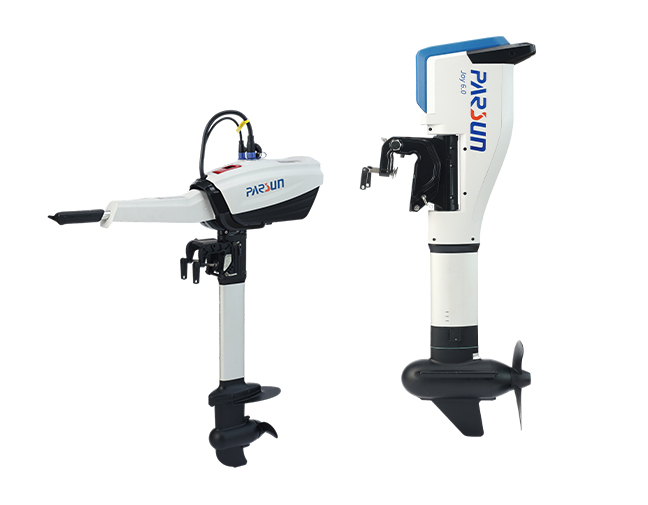
The Chinese company Parsun, specialized in the production of low and medium power traditional outboards, offers two models of electric motors: one with one and two kilowatts and the other with six kilowatts, operating at 36 and 48 volts. In both cases, the motor is located in the propeller hub. However, while the lower-power model has a traditional design, integrating both the battery and auxiliary systems under the cowl, the six-kilowatt motor features an innovative design to house 4/8 batteries within the lower unit.
Temo
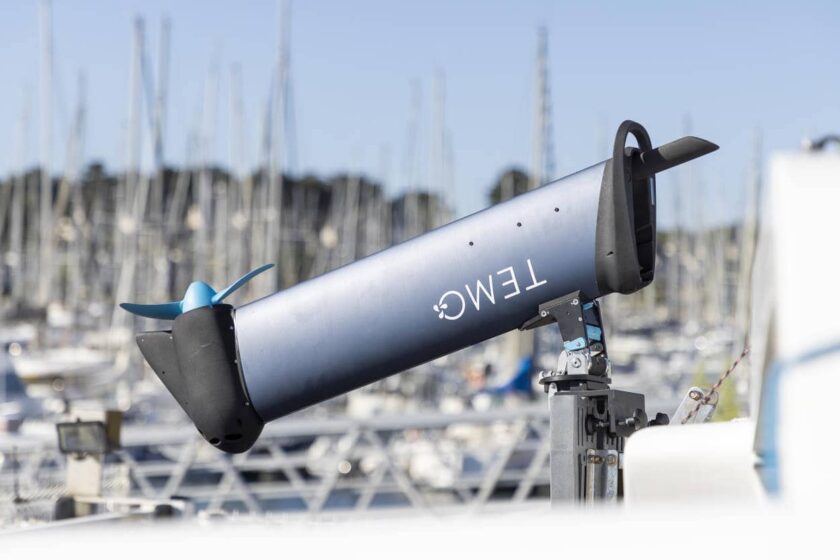
Based in Nantes, France, Temo offers two highly innovative outboard motors. Notably, the “450” model, with 500 watts of power, is designed like a walking stick. The batteries, motor, and auxiliary systems are integrated into a cylindrical profile, with the control handle on one end and the propeller on the other. Weighing only five kilograms, it can be attached to any transom to serve as an auxiliary motor.
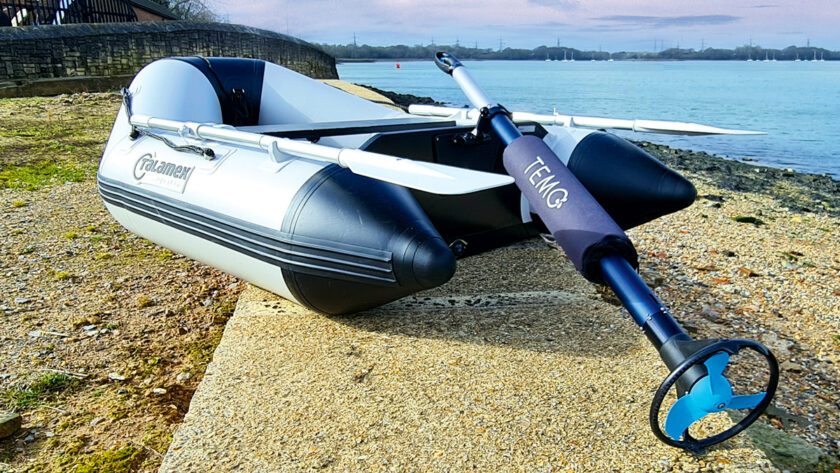
More structured but still featuring a monolithic design is the “1000” model, with 1,200 watts of power. In this case, the weight increases to 15 kilograms, but installation remains easy, thanks to a mounting plate that allows the motor to be placed transversely on the boat during navigation.
Torqeedo
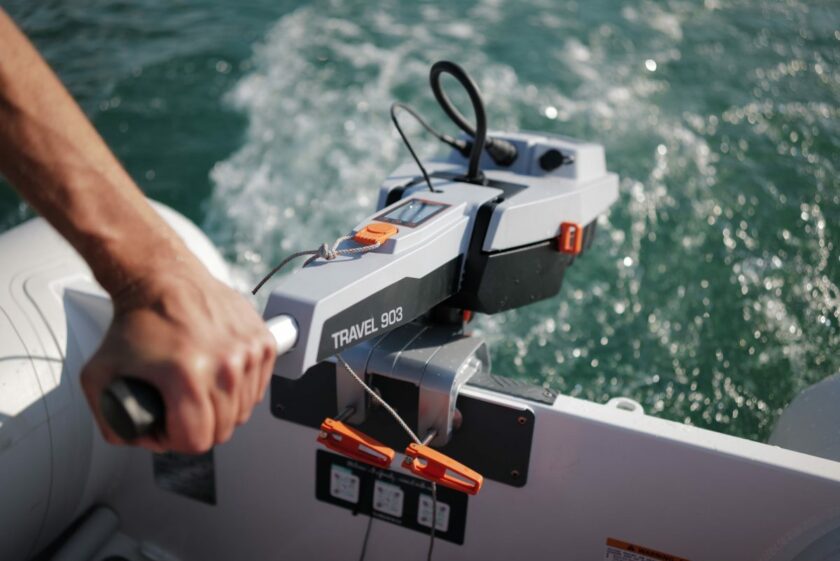
Founded in 2005, the German company Torqeedo is currently the global leader in the sector. In 2017, it was acquired by the Deutz group, which announced at “Boot” that it had sold Torqeedo to the Yamaha group. The catalog is extensive and structured into different families to offer maximum customization.
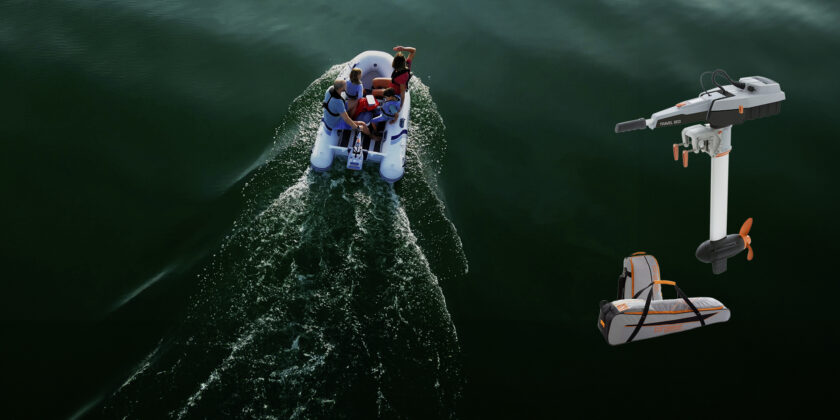
The entry-level products are auxiliary motors for small boats or canoes, named “UltraLight,” featuring a mounting system designed to attach the motor to any transom. Following this are the “Travel” and “Cruiser” ranges, with the former focusing on small coastal navigation and auxiliary use, and the latter offering solutions for more demanding navigation. At Düsseldorf, the company also launched the “Deep Blue Concept,” a high-power outboard motor (power not disclosed), featuring a traditional layout with the motor located under the cowl rather than in the propeller hub.
Yamaha
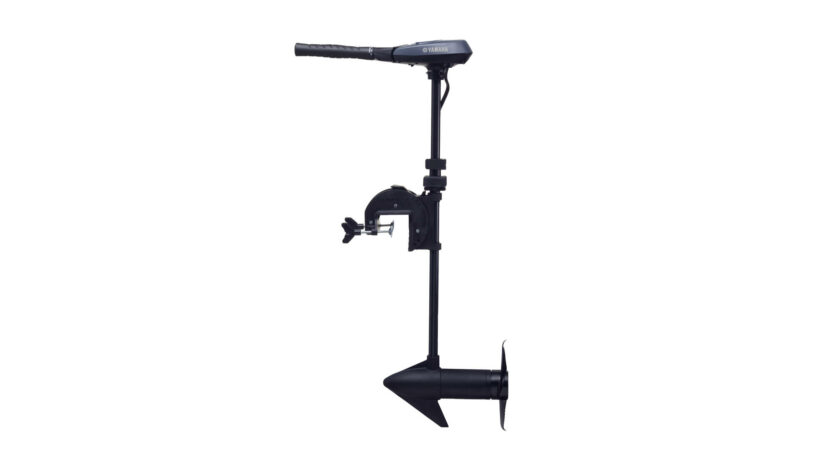
Yamaha is the only Japanese manufacturer and the only one from the Far East to have had electric outboards on the market for years. These auxiliary motors are often installed on the bow of fishing boats used in competitions in the United States.
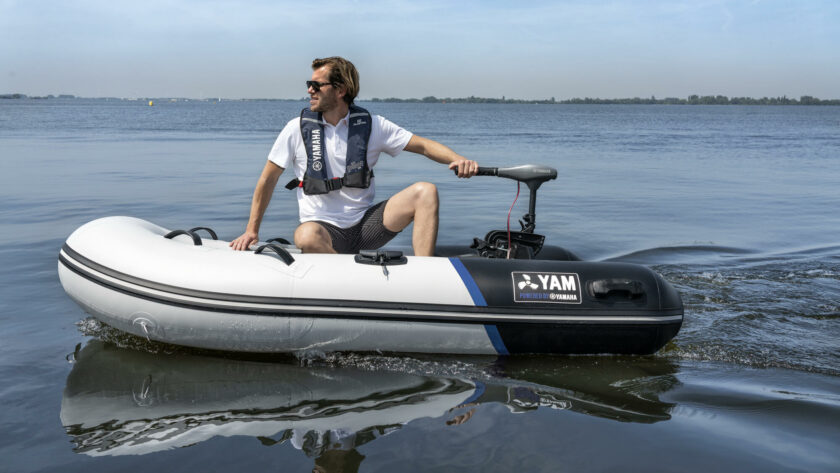
The current range covers minimal power outputs, from 400 to 600 watts, but with the acquisition of Torqeedo, it is likely that the range will expand.”
Title: Electric outboards – Special Macchine Motori
Translation with ChatGPT

